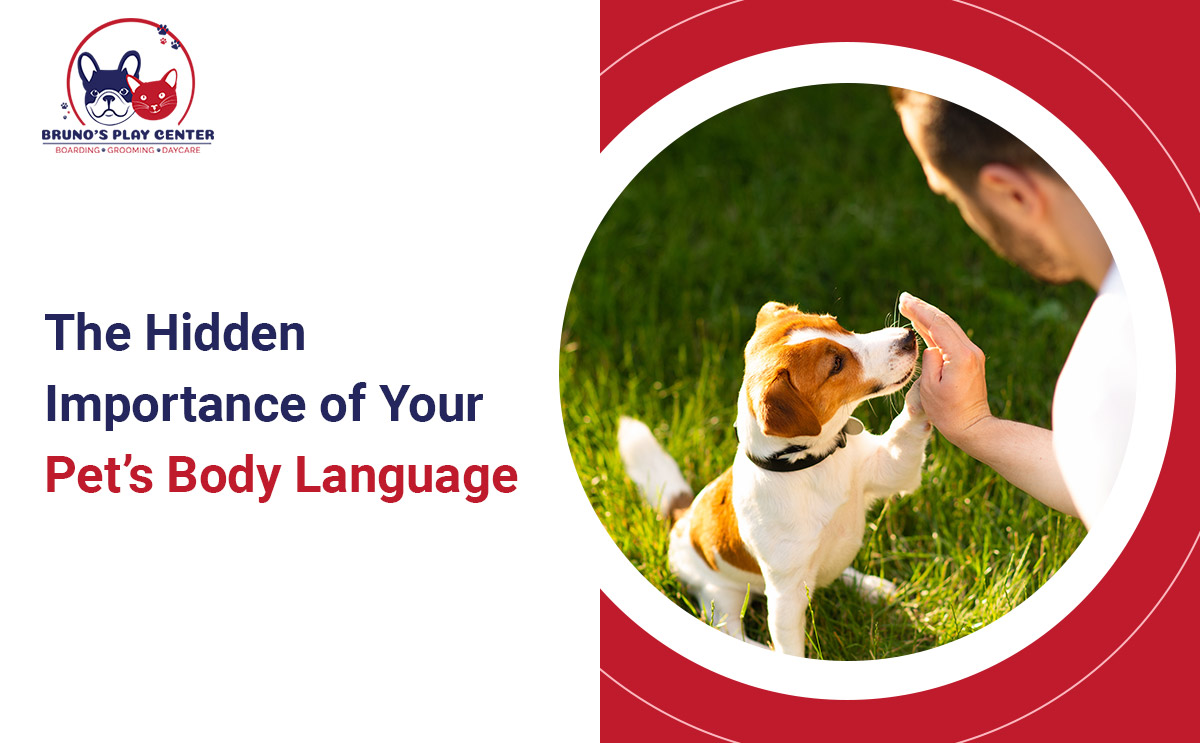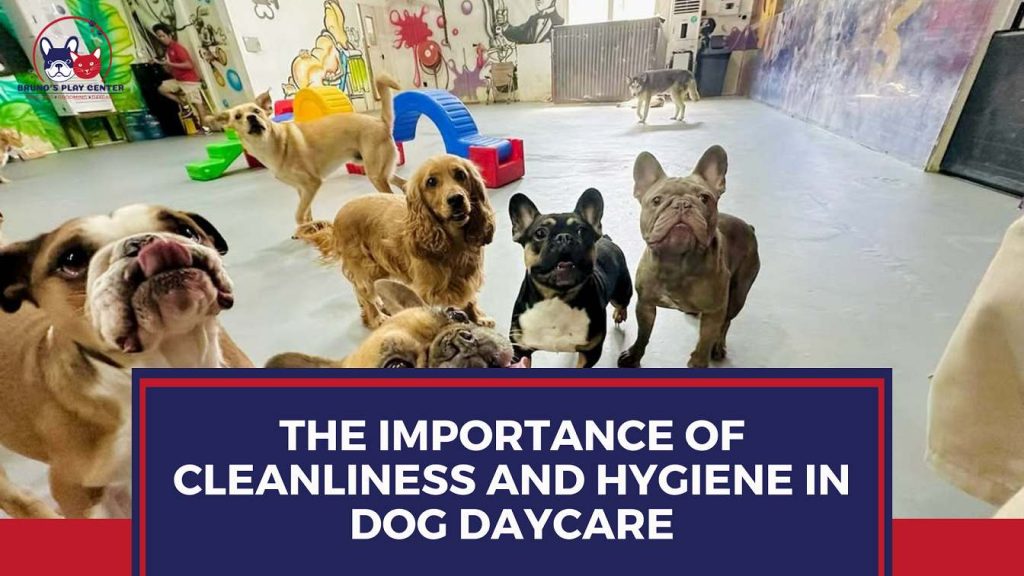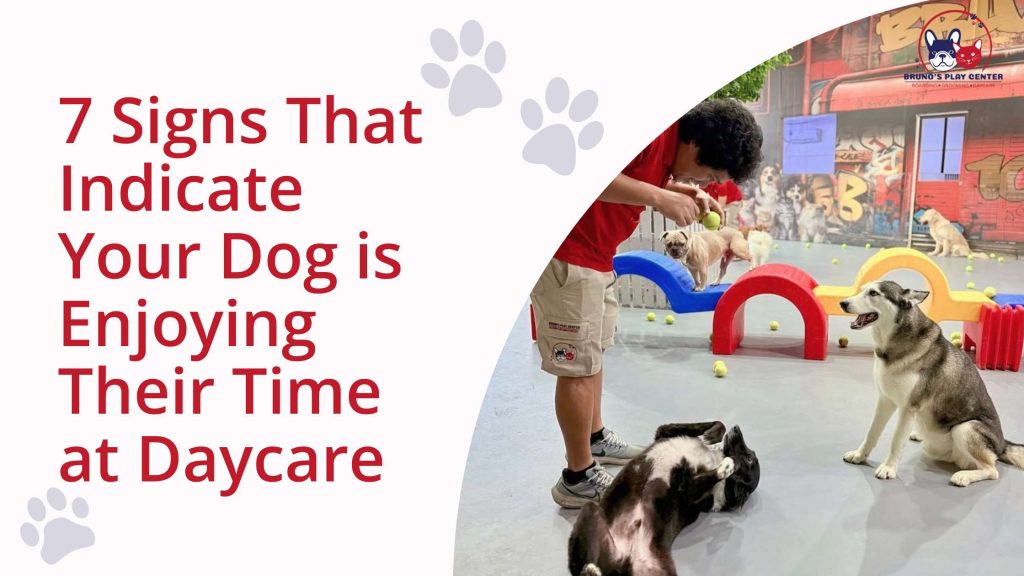When your pet can’t talk, its body that does all the talking. From the tilt of their head to the wagging of their tail, every action they perform says something. But the thing is that most of us ignore these minor signs.
Understanding the behavior of a pet through its body language is not an easy task. It can help build a stronger bond between you, keep your pet safe, and even prevent bad situations from happening.
Let’s break it down.
Why Pet Body Language Matters?
Your pet’s body language is their secret language. Every animal use their body to show how they feel. The more you understand your pet’s behavior, the more easier it is to connect with them.
When you want to read the signs, you will feel more connected to your pet. You’ll know if they’re happy, stressed, or scared. You’ll spot health issues before they turn serious. And you’ll avoid misunderstandings that can leads to fear or frustration.
For example, a wagging tail. Most people always start thinking that it is a happy signal, but in terms of pet behavior, it can also mean “I’m nervous, but I am trying to play, to make me cool. And the better you understand behavior, the easier it is to connect with them.
Eyes That Say a Lot
In pet behavior studies, calm, almond-shaped eyes usually indicate calm and satisfied feelings. Wide, dilated pupils can shows fear or excitement. And if you notice a whale eye of your pet, where you see the whites of their eyes, it’s often a sign of stress.
If your dog looks at you sideways and his whites are showing, he is probably saying, “I’m not okay right now.” Realizing these moments is essential to taking action before your pet gets discomfort.
Ears Tell the Story
Pets use their ears to show their behavior. When they’re forward-facing, your pet is probably curious or confident, pinned back? That often signal fear, anxiety, or unease. Twitching or swiveling ears mean something has caught their attention and they’re actively processing it.
Cats communicate quite expressively with their ears. Look closely and you’ll noticed that they move their ears like a radar dish, monitoring for every interesting sound in the room.
The Truth About Tails
The tail isn’t just a show, it actually plays a big role in a pet’s behavioral communication. For dogs, a high, wagging tail usually shows confidence, while a low, curled tail can signal fear.
A stiff, still tail means your pet is alert or unsure. Learning these differences make it easy to understand pet behavior.
For those who want to dive deeper into how stress effects on pet behavior, you can study helpful resources from the centers for disease control and prevention (CDC) on pet health and safety, especially in high-stress conditions like travel or relocation.
Posture and Movement
The way your pet stands or walks shows a lot about their mood. A relaxed posture with equal weight means they are comfortable. Leaning forward usually show curiosity or excitement but crouching can be a sign of caution or fear.
Sometimes your pet might stop in mid-play. In pet behavior words, that pause is them deciding their next move or estimating the situation. It’s essential to pay attention to these moments; they tells you more than you think.
When It Matters Most
There are moments when reading behavior is genuinely essential. Meeting new people or animals can be a lot. If your pet’s body seems stiff, their tail is tucked, or they avoid eye contact, it means they might not feel ready to interact just yet.
It’s just as important when your pet’s in a new place. If you’re dropping them off at a pet daycare, knowing how they display stress can really help you pick a spot where they’ll feel okay. Vet visits are another time to keep an eye out, things like drooling, or even trembling might be signs they’re feeling nervous.
Reading the Whole Picture
In pet behavior, one signal alone can be misleading. You need to consider the full set of cues. A tail wag with a soft face and relaxed eyes usually means your pet’s feeling’ happy. But a tail wag paired with stiff posture and pinned ears could mean nervousness or even aggression. It’s kind of like reading a chat message, one emoji doesn’t tells you everything, you need to look at the whole message to really get what’s going on.
Common Misreads
Even experienced pet owners misinterpret signals. The classic myth? “Tail wag equals happy.” Not always true. Another common one is assuming a cat’s purr always means happiness, cats also purr when stressed. And many people miss subtle stress signs like lip licking, yawning when not tired, or turning their head away.
Getting Better at Reading Your Pet
Understanding your pet’s behaviour takes time, patience, and just watching them every day. Pay attention to how they respond in different situations, and you’ll start to notice habits. If something feels off or confusing, it’s totally okay to reach out to a vet or a professional trainer for guidance.
And if you ever need to leave your pet behind, make sure to read a right boarding facility guide. It’ll help you choose a place that gets pet body language and emotions. A good vet or trainer can also give you the right advice when things don’t make sense.
Conclusion
Your pet’s body talks; you just need to notice it. Once you get how they act, it’s easier to take care of them, keep them chill, and build a close bond. It doesn’t need to be perfect, just takes time, love, and a little attention.
If you want your pet to stay in a place where his body language can be truly understood, check out the pet daycare facilities at Bruno’s Play Center. Their staff knows how to pick up on even the most minor signs, making sure your furry friend feels safe and happy.




